10 Reasons Wes Anderson Films Are So Binge-Worthy
4 Min. ReadWes Anderson isn’t just a director. He’s a genre unto himself. With The Phoenician Scheme now out on the big screen, Anderson proves yet again that no one builds a cinematic universe quite like him; whimsical, wounded, and wonderfully weird. But why do we keep coming back for more? Why do we rewatch The Royal Tenenbaums on rainy days and quote Fantastic Mr. Fox in casual conversation?
Maybe it’s the symmetry. Maybe it’s the melancholy misfits. Or maybe it’s that no one else makes sadness look quite so charming.
If you’ve ever found yourself deep in a Wes spiral, you’re not alone. Here are 10 reasons his films are so irresistibly binge-worthy — pastel-coloured, painfully human, and unlike anything else out there.
1. Visual Symmetry So Satisfying, It’s Basically Therapy
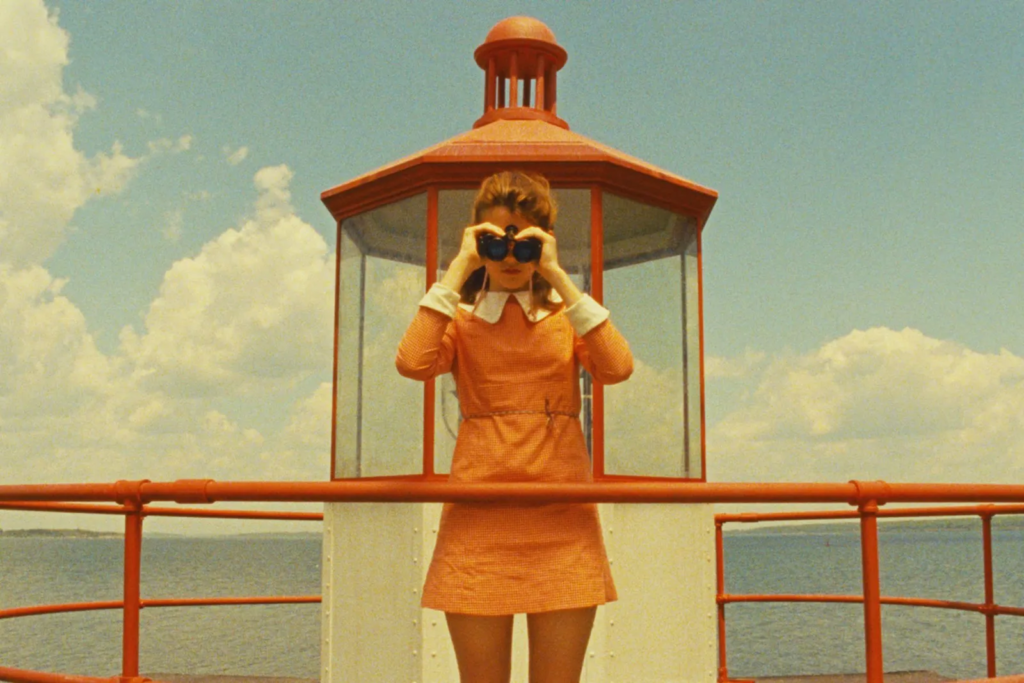
Anderson’s obsessive symmetry, pastel palettes, and dollhouse framing aren’t just aesthetic flexes; they’re portals into worlds where chaos is contained and every frame is a painting. It’s soothing. Like colour-coded comfort cinema.
2. The Most Iconic Ensemble Casts, Repeatedly
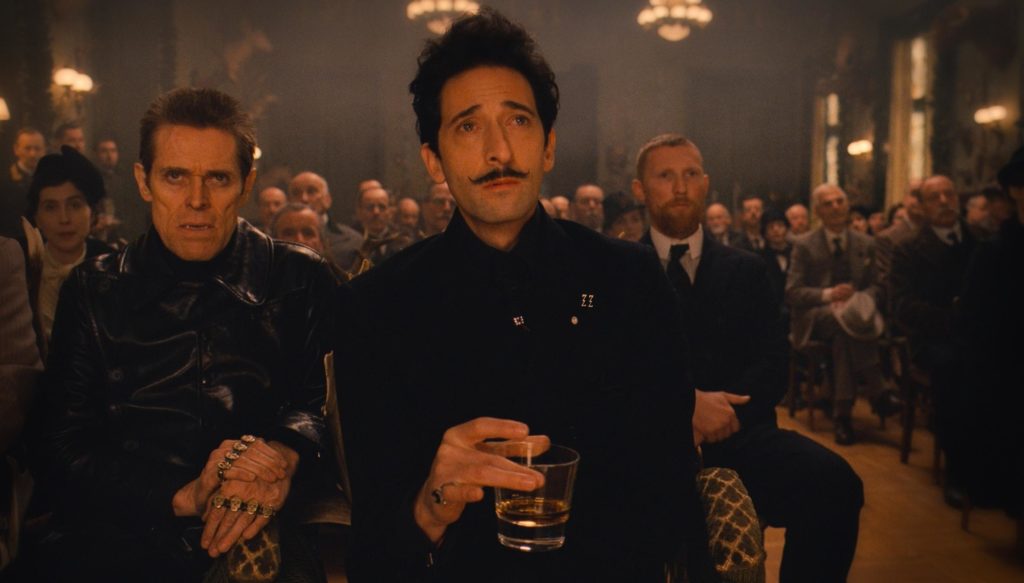
Only Wes could get Tilda Swinton, Edward Norton, Willem Dafoe, and Jason Schwartzman to exist in the same universe, and then bring them back again and again. Watching his films feels like attending the quirkiest family reunion with familiar (yet slightly offbeat) faces.
3. Soundtracks That Deserve Their Own Spotify Wrapped
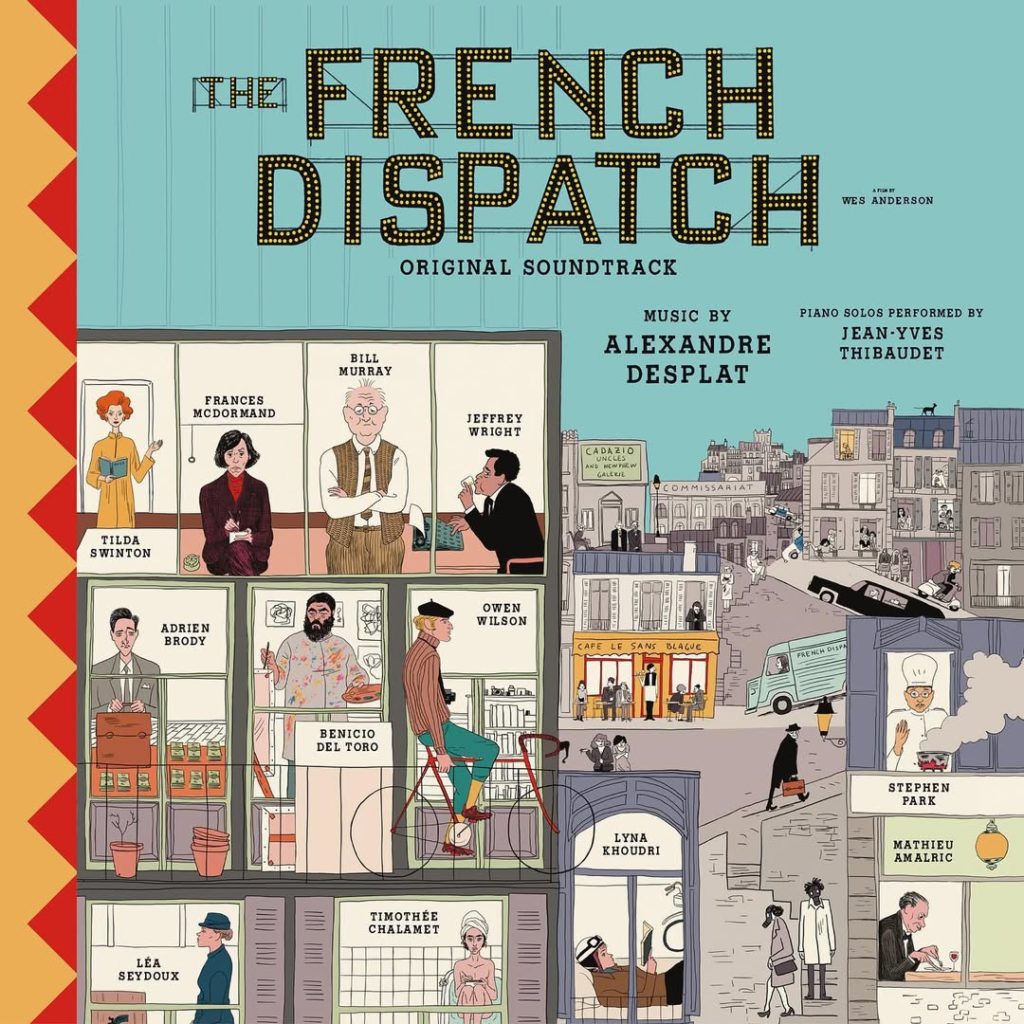
Whether it’s French pop, obscure Bowie covers, or Alexandre Desplat’s whimsical scores, music in a Wes Anderson film doesn’t play in the background; it lives in the story. You don’t just hear the soundtrack; you feel it in your bones.
4. Deadpan Dialogue That’s Surprisingly Deep
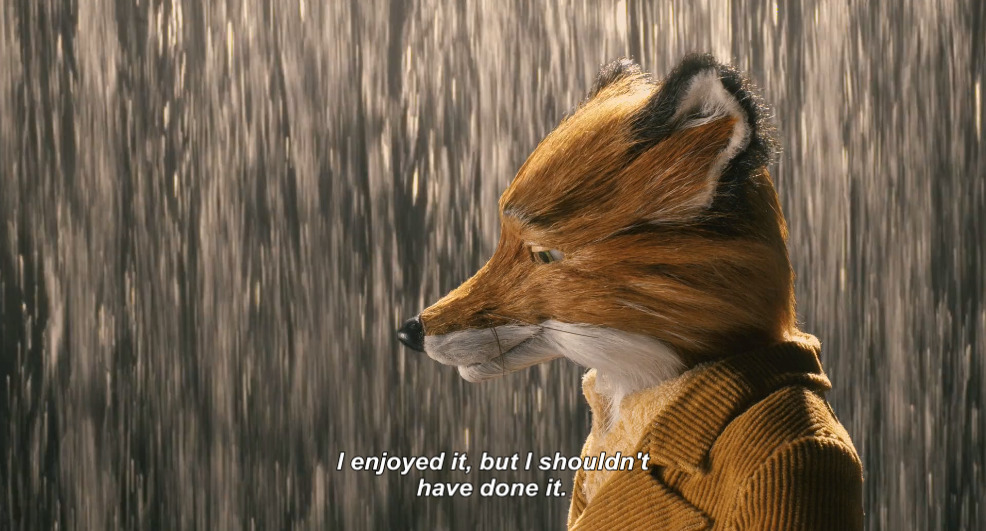
No one delivers emotional gut punches like Wes, with a straight face. His characters might speak in monotone, but their words carry worlds of repressed longing, unspoken love, and philosophical hilarity.
5. Absurd Stories Yet Achingly Human
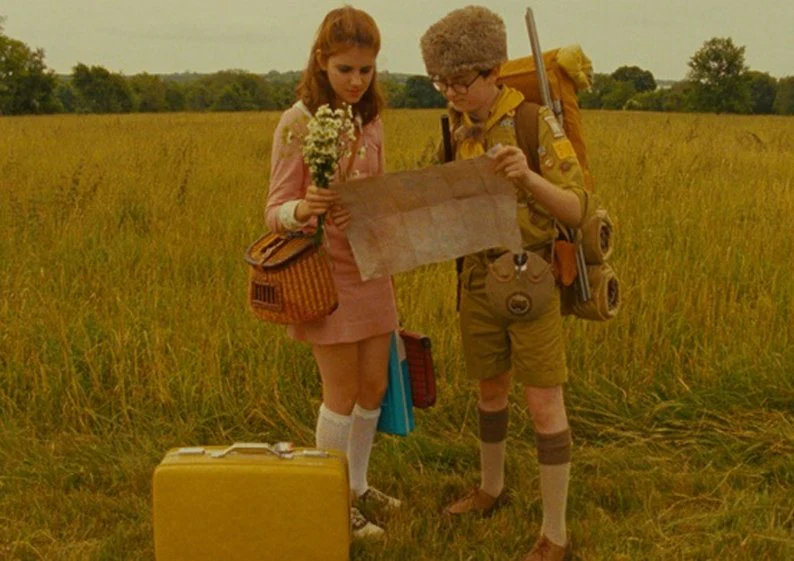
From runaway teens (Moonrise Kingdom) to newspaper journalists in exile (The French Dispatch), his stories are equal parts far-fetched and familiar. Beneath the absurdity is always a beating heart, grappling with loneliness, family, and identity.
6. A World-Building Masterclass
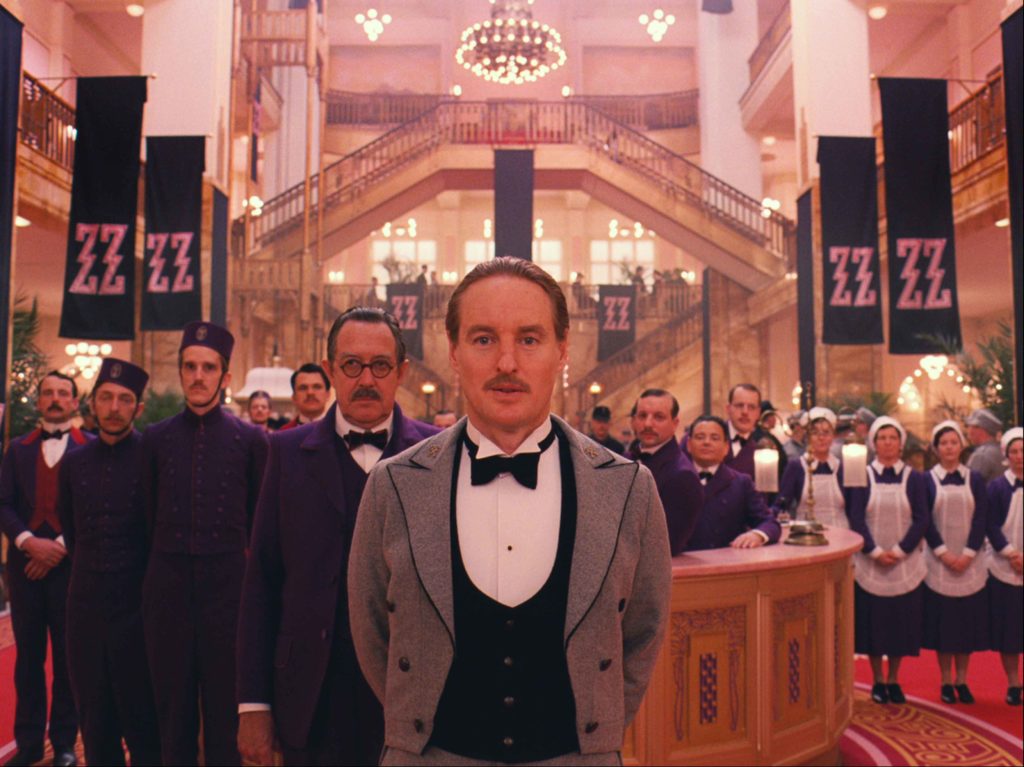
Each Wes film operates in its own universe, be it a luxury train in India, a fictional Central European republic, or a fox’s underground hideout. These worlds are immersive, textured, and strangely believable, despite their surreal edges.
7. Existential Tenderness in Every Frame
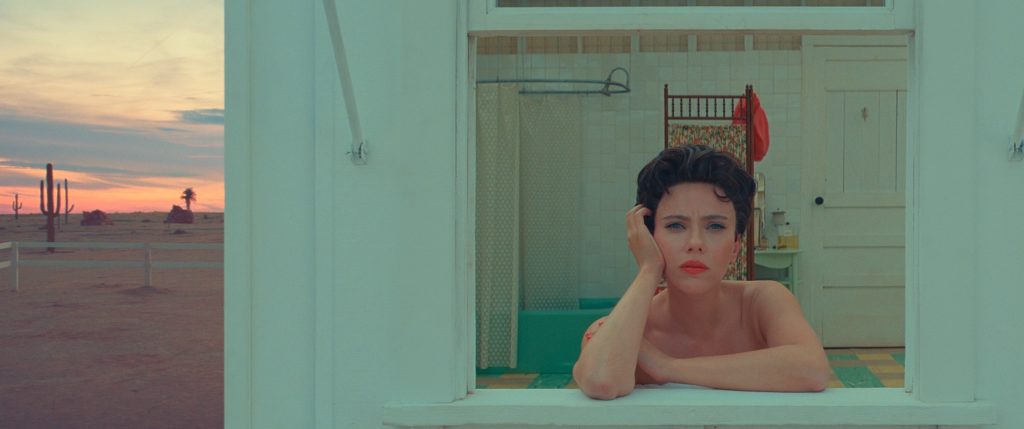
Yes, his films are quirky. But what keeps us coming back is the quiet melancholy, the way he treats sadness not as spectacle but as part of the furniture. It’s okay to feel lost in a Wes Anderson film. Everyone does.
8. The Whimsy-to-Wreck Ratio is Perfect

Whimsy alone can get exhausting. But Anderson blends it with grief, nostalgia, and moral complexity. Isle of Dogs might be about talking canines, but it’s also about abandonment, corruption, and hope in the face of dystopia.
9. Every Rewatch Unlocks New Layers

His films reward repeat viewings. What you missed the first time, a glance, a prop, a line of narration, suddenly becomes a small epiphany. You’re not just watching again; you’re noticing anew.
10. Because Nobody Else Does It Like Him
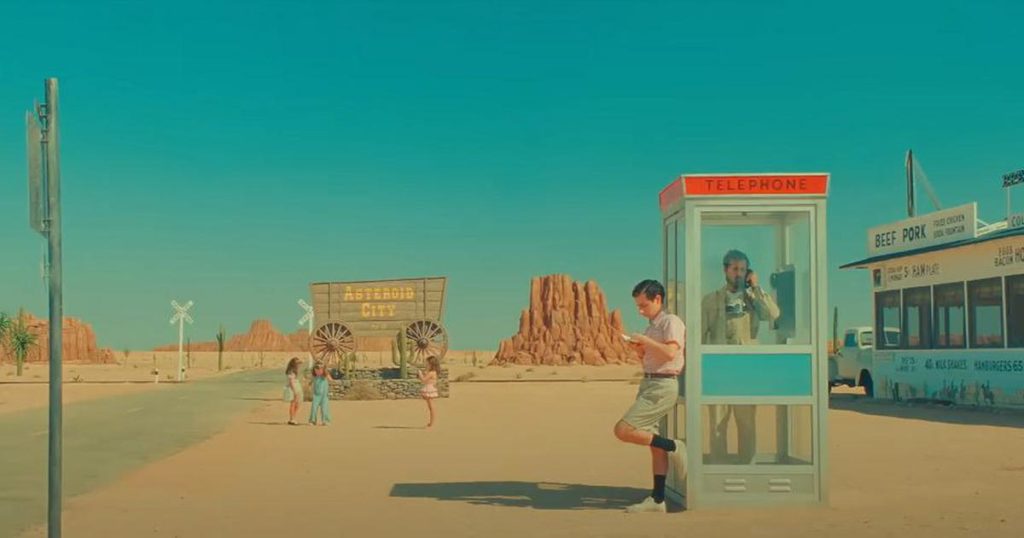
Sure, others have tried to emulate the “Wes aesthetic,” but it always feels like cosplay. Wes Anderson’s vision is so distinct, so inimitable, it’s like watching a filmmaker paint. You don’t just consume his work; you step into it.
Where Should a Newcomer Begin?
If you’re just stepping into Anderson’s wonderland, start with The Grand Budapest Hotel.
It’s the perfect blend of humour, heart, visual splendour, and a masterclass in tone-switching. With caper-like energy and emotional elegance, it’s Wes Anderson at his most accessible and ambitious.
But beware: once you start, it’s hard to stop. You’ll soon find yourself Googling “Mendl’s pastry boxes” and whispering “What a beautiful boy” like Richie Tenenbaum on a loop.



